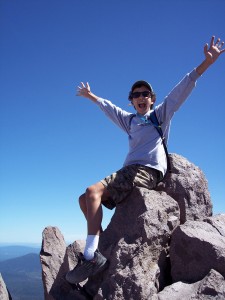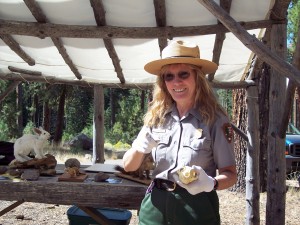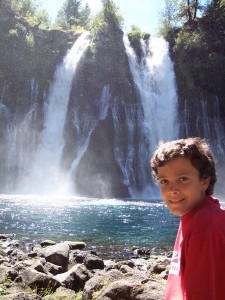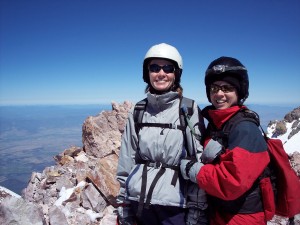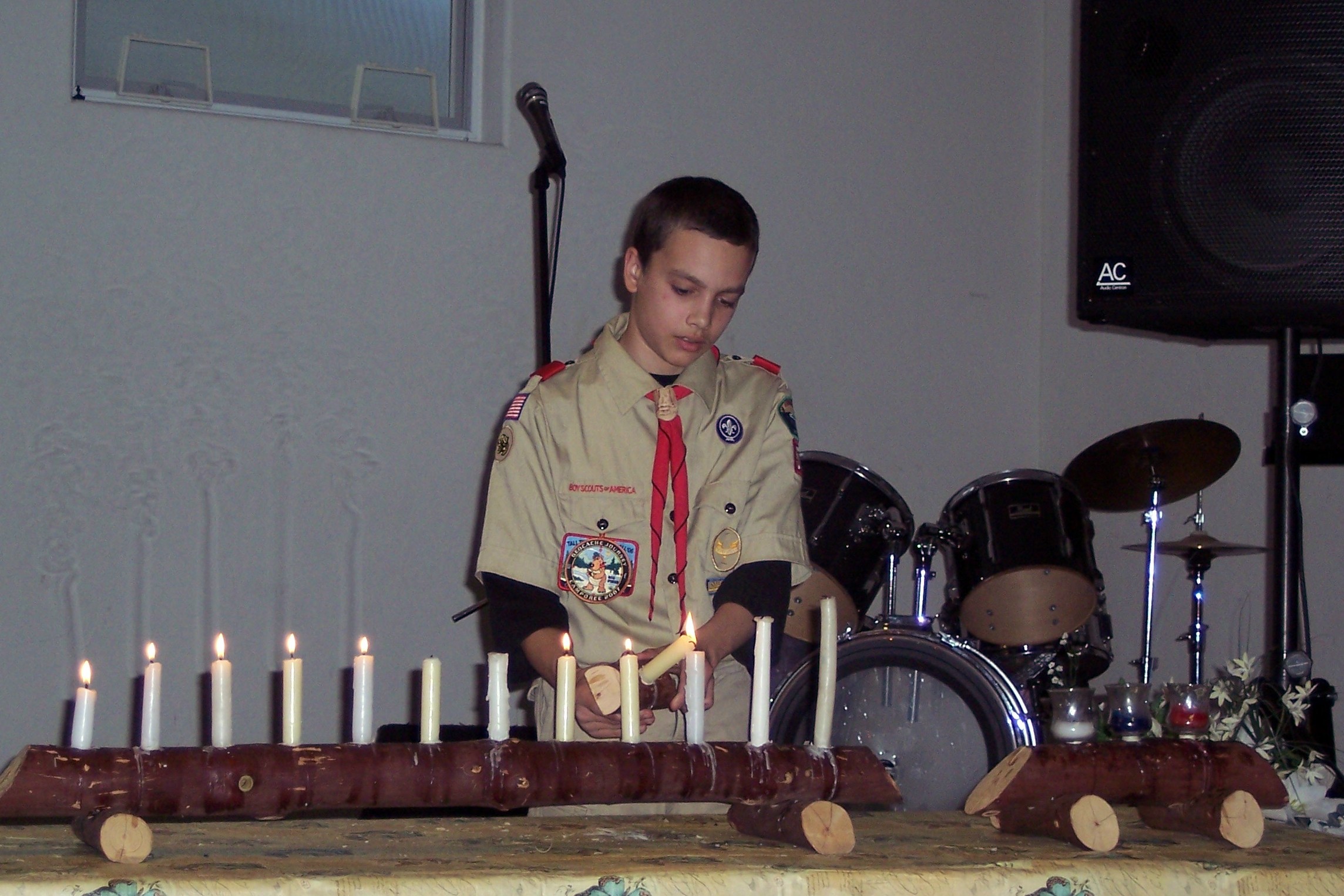I’ve never seen The Seven Year Itch (although at some point, I’d like to). The phrase, according to Wikipedia, “refers to a disinterest in a monogamous relationship after seven years of marriage, has entered the popular culture, and has even been used by psychologists.” And now it will be used by the mother of an autistic teen, with an entirely different meaning.
As my son entered his second year of teenhood, which was just a couple of months ago, I began noticing something. Over the course of a few weeks’ worth of seemingly isolated incidents, I realized that Nigel, who had always been notorious for the eternally flat tone in his voice (except when angry), was suddenly speaking with inflection. And not just random variations – he actually put appropriate emphasis on the right words. His tone was starting to sound conversational! It took another week or two of me pointedly observing him talk and noting the increase of his inflection before I allowed myself to believe it. This is truly a developmental coup. It’s a milestone for the five-year-old boy who, when a child psychiatrist asked, could not say his own name. It’s a milestone for the boy who, for so many years, could only parrot lines from Disney movies or Scooby-Doo cartoons when he wanted to interact with people. He has worked so hard to achieve this.
I know that much of the increase in voice inflection has to do with the weekly social skills class that he is enrolled in at the local middle school this year. It’s a very small class, with only two other students, but I know that the two instructors have been specifically working with Nigel on his conversational skills. Whatever they’re doing – it’s effective. And he’s responding to it, which tells me that he’s ready. It’s time.
What do I mean by that? That’s where my seven-year-itch theory comes into play. Over the years, I have noticed that every seven years Nigel seems to make a huge leap in various areas of his development. It’s like he has this really significant itch every seven years, and when he scratches it, he hits a milestone. For example, when he was two, his sensory issues were so severe that he had to wear a fitted hooded jacket whenever we left the house to muffle sounds and help him feel secure. When he was nine, he had a wonderful regular ed teacher (he was mainstreamed that year with an aide) who not only taught him a lot academically, he patiently encouraged Nigel to remove his hood for the first time. That was also the year that I could take Nigel into grocery stores and the occasional restaurant. Another example of his seven-year-itch is in the cognitive area. When he was three, he taught himself to read, but I was told that it was common for young children with hyperlexia to not comprehend most of what they read. Seven years later, when Nigel was ten and reading at a high school level, his comprehension was tested. It was estimated that he understood about 95% of what he was reading.
When Nigel was seven, seven years ago, he really started talking. He had some speech prior to that year, but it was mostly echolalia and scripting (a term which wasn’t used much then). He would occasionally string up to four words together to communicate, but he had trouble with syntax and pronouns, verb tenses, etc. When he was seven, something clicked. He got an itch. He started stringing together more than four words spontaneously, his syntax and verb tenses began improving, and his echolalia decreased. It was remarkable. Of course, his tone was characteristically flat and downright stoic, but that was okay. It was definitely okay with me. I figured he would always talk that way, and that was fine.
And now, seven years later, the inflection surfaces. On appropriate words, even. I am so loving this – this unexpected gift. Some seven-year-itches can be good.


